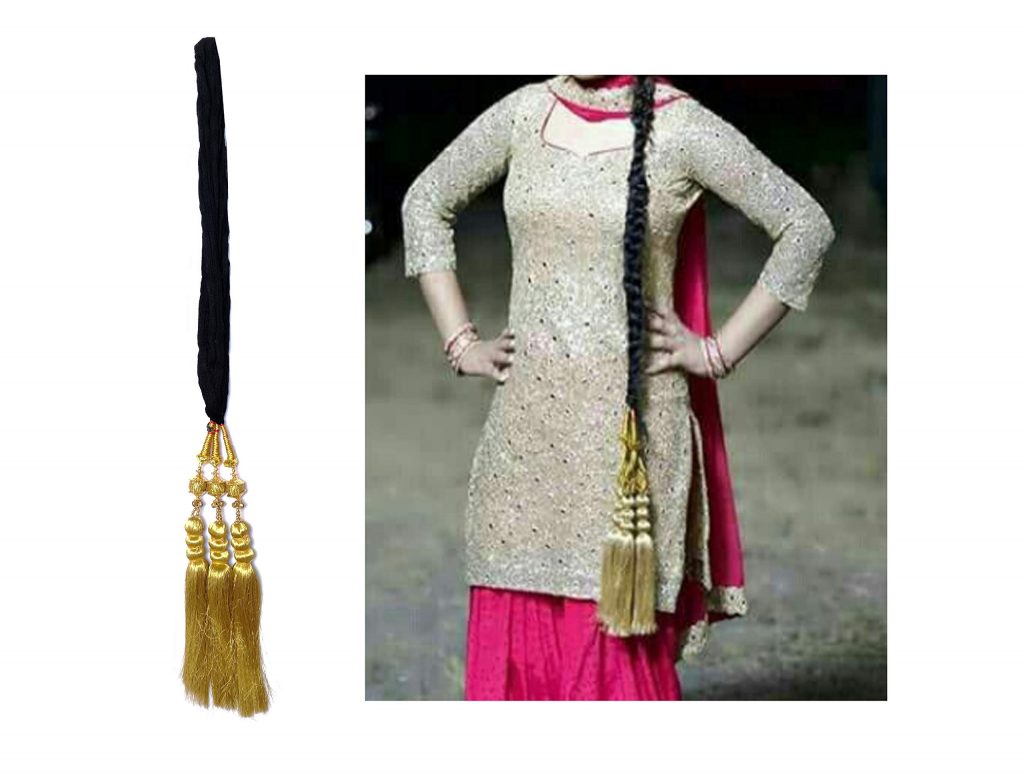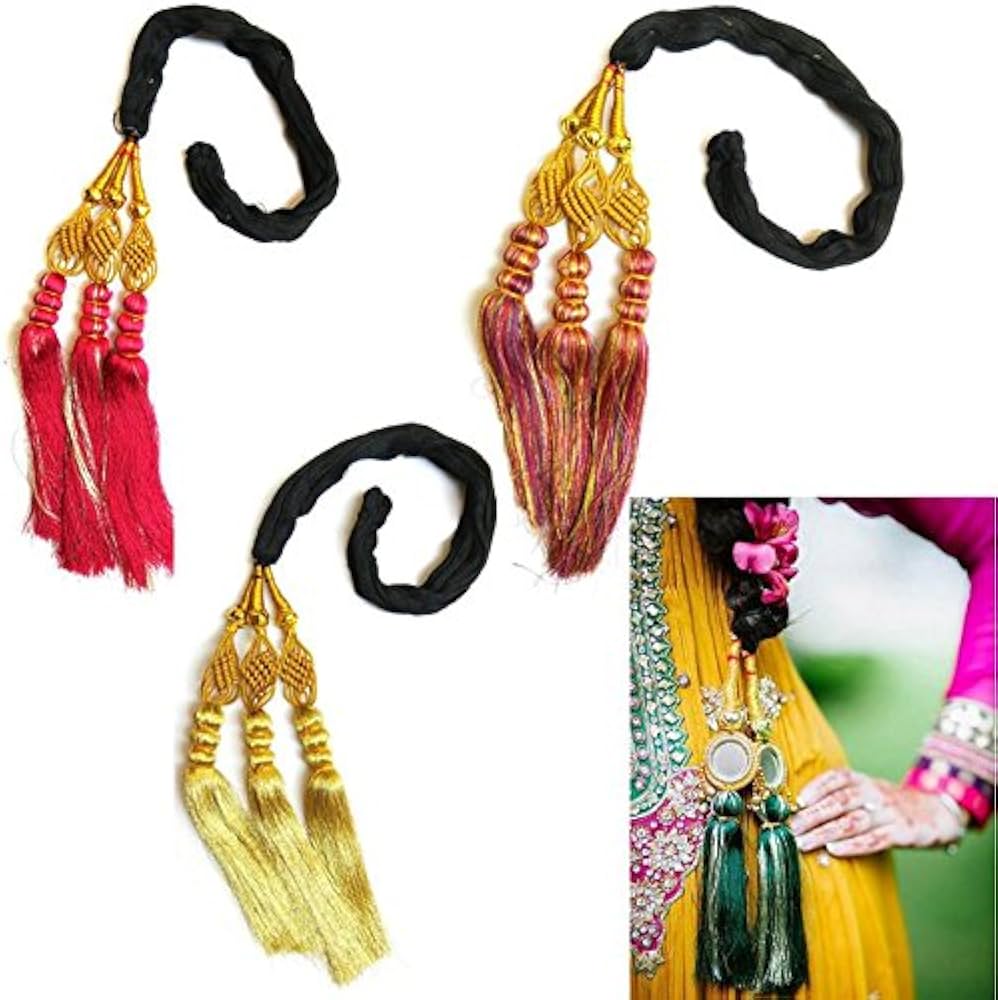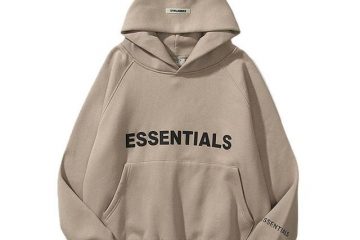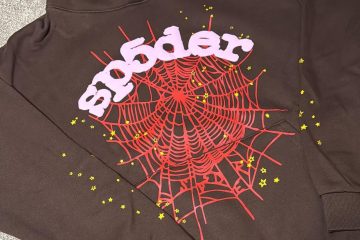Ever seen a long, colorful braid flowing gracefully from a woman’s hair and wondered what it is? That’s a Paranda! This traditional Indian hair accessory, rooted in Punjabi culture, has not only adorned countless women over generations but also stood as a symbol of beauty, celebration, and pride. Imagine weaving threads of history, culture, and creativity together—that’s exactly what a Paranda does.
Today, it’s more than just a decorative item—it’s fashion, identity, and tradition all in one. Let’s take a lively stroll into the colorful world of Paranda!

What is a Paranda?
A Paranda is a colorful hair accessory traditionally used by women in Punjab, India, to decorate their braided hair. Made of silk threads, beads, and tassels, it’s woven into a braid, giving it volume, color, and flair. Think of it as the cherry on top of a beautiful traditional look.
The Cultural Significance of Paranda
Wearing a Paranda is more than just dressing up—it’s about embracing culture. In Punjabi households, Paranda symbolizes beauty, grace, and womanhood. Young girls often wear it during festivals, weddings, and family functions, showcasing pride in their heritage.
It’s also a mark of celebration, used during Baisakhi, Lohri, and Teej. The movement of the colorful tassels as women dance to bhangra beats adds vibrancy to every celebration.
Origins: A Peek into History
Paranda has its roots deep in the fertile lands of Punjab, where women would braid their hair and adorn it with woolen or silk tassels. In those days, long hair was seen as a sign of beauty and health. So, adding a Paranda to a long braid wasn’t just for decoration—it was a proud display of personal care and tradition.
Over time, these accessories evolved from simple threads to elaborate designs featuring gold, silver threads, and beads.
How Paranda Became a Symbol of Femininity
Paranda is often associated with grace and femininity. In Punjabi folklore, songs often praise a girl’s “paranda wali chhoti” (braid with a paranda), highlighting it as a key part of her beauty.
Mothers would gift Parandas to their daughters, especially during marriage or special events—almost like a rite of passage into womanhood. Just like bangles or bindis, Paranda became a signature of feminine charm.
Traditional vs Modern Paranda
Traditional Parandas were handmade using wool or silk threads, mostly in red, green, or yellow colors, often embellished with simple beads. These were often made by women at home, showing not just creativity but also a sense of bonding.
Modern Parandas, however, have taken a fashionable turn. You can now find them with metallic beads, mirror work, sequins, and even feathers! The color choices have expanded too—blues, purples, and even neons are now in trend.
Materials Used to Make Paranda
Originally, Parandas were made using:
- Silk or cotton threads
- Wool yarns (for thicker versions)
- Wooden or plastic sticks as the core
- Beads and bells for embellishment
- Gold or silver threads in more festive pieces
Today, synthetic materials and recycled fabrics are also used, keeping it both stylish and sustainable.
Paranda in Weddings and Festive Occasions
At Punjabi weddings, the bride often wears a heavily embellished Paranda. It complements her bridal attire, especially the lehenga or salwar kameez. In some families, it’s a part of the wedding trousseau, gifted by the bride’s parents.
Festivals like Lohri and Teej are incomplete without women dancing in their bright outfits and colorful Parandas swinging with each step.
Styling Your Hair with Paranda
Wearing a Paranda might seem tricky, but it’s simpler than it looks. Here’s how:
- Braid your hair as usual.
- Insert the top end of the Paranda into the braid.
- Weave it along with your hair till the end.
- Tie the braid securely with a rubber band or matching thread.
For a modern twist, try side braids or half-up styles with Paranda—we’re sure you’ll turn heads!
Paranda in Bollywood and Pop Culture
Bollywood hasn’t missed the charm of Paranda! From Kareena Kapoor in Jab We Met to Alia Bhatt in 2 States, actresses have flaunted this traditional accessory with pride.
It’s even made its way into Punjabi pop music videos. Just scroll through a few of them and you’ll see dancers twirling with bright Parandas flowing behind—truly a visual delight!
DIY: Make Your Own Paranda
Want to create a Paranda at home? Here’s a simple guide:
You’ll need:
- Colored silk threads (3 or more colors)
- Beads and bells
- A hairband or stick for support
- Needle and thread
Steps:
- Cut equal lengths of thread and tie them to the stick/hairband.
- Braid them tightly or twist creatively.
- Add beads or bells at the end.
- Tie a knot and secure with glue if needed.
Voila! Your personalized Paranda is ready!
Different Types of Parandas
There are several styles of Parandas:
- Simple Thread Paranda: Made with basic threads, perfect for everyday wear.
- Beaded Paranda: Features decorative beads.
- Mirror Work Paranda: Great for festive occasions.
- Heavy Bridal Paranda: Richly adorned with zari, sequins, and pearls.
Each type suits different events—from casual gatherings to grand weddings.
Regional Variations Across India
While Paranda is most famous in Punjab, similar hair accessories exist in other parts of India too:
- Gajras in South India (flower garlands for hair)
- Jadai Alangaram in Tamil Nadu (hair jewelry for brides)
- Ambada pins in Maharashtra
But Paranda remains unique in its braided style and cultural identity.
Paranda as a Fashion Statement
Who said tradition can’t be trendy? Today, fashion designers are incorporating Parandas into runway looks, fusion outfits, and even boho styles.
Pair it with denim and a kurti, or wear it as a belt accessory—Paranda has truly broken out of the box!

Tips to Match Paranda with Your Outfit
Here are a few fun style tips:
- Match colors of your Paranda with your dupatta or bangles.
- Use contrasting colors for a bold look.
- Add metallic Parandas with heavy embroidered outfits.
- For a minimal look, go for a single-color silk thread Paranda.
Remember: it’s not just about matching—it’s about making a statement.
Preserving and Caring for Your Paranda
To keep your Paranda looking fresh:
- Store it in a cloth bag to prevent dust.
- Avoid washing frequently—wipe gently with a damp cloth.
- Untangle threads carefully before wearing.
- Don’t apply oil or products to the Paranda.
With care, your Paranda can last for years—just like the memories attached to it.
Conclusion
The Paranda is much more than a pretty braid—it’s a celebration of tradition, a splash of color, and a proud symbol of heritage. Whether you’re wearing it for a wedding, a festive dance, or just to express your style, a Paranda adds a magical touch. It ties together the past and the present, tradition and fashion, culture and confidence—all in one simple yet stunning accessory.
So next time you braid your hair, why not add a little twist with a Paranda?
FAQs About Paranda
1. What is the purpose of wearing a Paranda?
Paranda is worn to decorate braids, add volume, and enhance traditional beauty, especially during cultural or festive events.
2. Can Parandas be worn with modern outfits?
Yes! Many people now pair Parandas with modern or Indo-western attire to create a unique, stylish fusion look.
3. Are Parandas only worn by Punjabi women?
While Parandas are rooted in Punjabi culture, women from other regions and cultures also wear them, especially during weddings or festivals.
4. How long should my hair be to wear a Paranda?
Medium to long hair is ideal for Parandas, but you can also use hair extensions or artificial braids to support it.
5. Can I make a Paranda at home?
Absolutely! With some threads, beads, and a little creativity, you can easily craft your own personalized Paranda.
Let the colors flow and the traditions glow—Paranda is where style meets soul.




